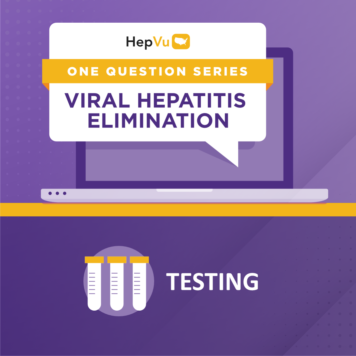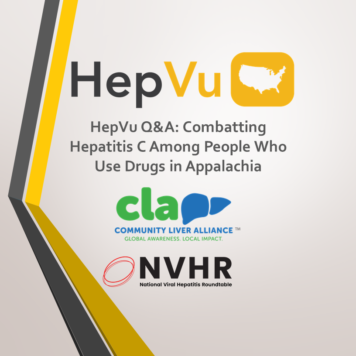In January 2021, the U.S. Department of Health and Human Services (HHS) released its Viral Hepatitis National Strategic Plan: A Roadmap to Elimination 2021-2025. The plan outlines objectives and strategies to aid stakeholders—researchers, policy makers, health care providers, advocacy groups, and patients—in working together to eliminate viral hepatitis as a public health threat in the U.S.
This series of blogs on viral hepatitis elimination explores what it will take to achieve the plan’s goal of eliminating viral hepatitis in the U.S. by 2030.
This edition focuses on the difficulties associated with developing a Hepatitis C Continuum of Care (also called a Care Cascade) for the United States. We asked viral hepatitis experts from multiple perspectives—local health departments, hospitals, advocacy organizations, and the federal government—to weigh in. Their responses are below.
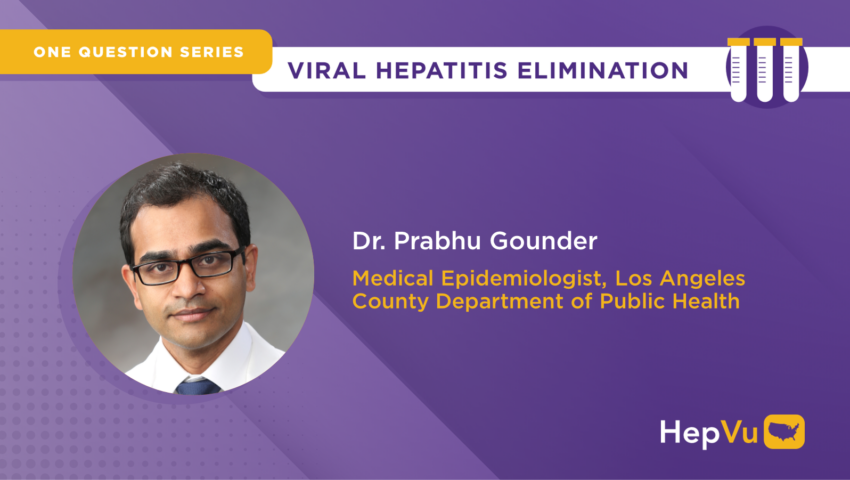
Why is it so challenging to generate a hepatitis C Continuum of Care Cascade for the U.S.; after all, we have one for HIV?
The biggest challenge to creating a hepatitis C care cascade for the U.S. is missing data. For example, negative hepatitis C PCR results are not reportable in most jurisdictions. So, it is not possible to classify which positive antibody results represent chronic infection versus PCR hasn’t been done. And among those with a positive PCR it is often not possible to tell who has been treated and cured. These limitations are due, in large part, to a lack of data management and staff capacity in viral hepatitis surveillance programs in state and local health departments. However, surveillance systems developed during the COVID-19 pandemic show that it is possible to report negative test results. Now it’s time to increase viral hepatitis surveillance capacity and for policy changes to make negative PCR reportable and for Electronic Laboratory Reporting (ELR) systems to implement these changes.
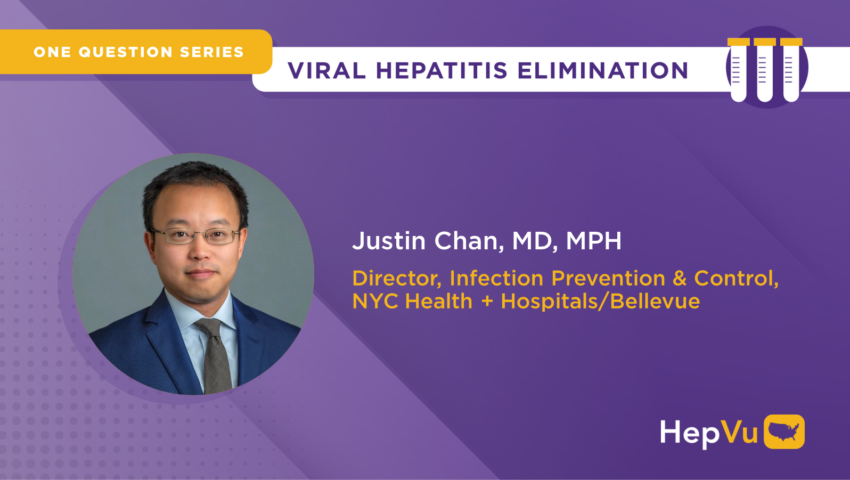
What can be done to move forward in creating complete and accurate hepatitis C cascades of care for states and local jurisdictions in the US?
One of the challenges in creating a complete and accurate hepatitis C care cascade is including high quality data on individuals who are not well engaged in healthcare services, such as those who are unsheltered and homeless, and those who are incarcerated. There is limited published unbiased and representative data for these populations, but these same populations also have a higher prevalence of current hepatitis C infection and lower rates of linkage to hepatitis C treatment. Therefore, it is important to better characterize cascades of care for these special populations and include them for a more accurate representation of states and local jurisdictions.
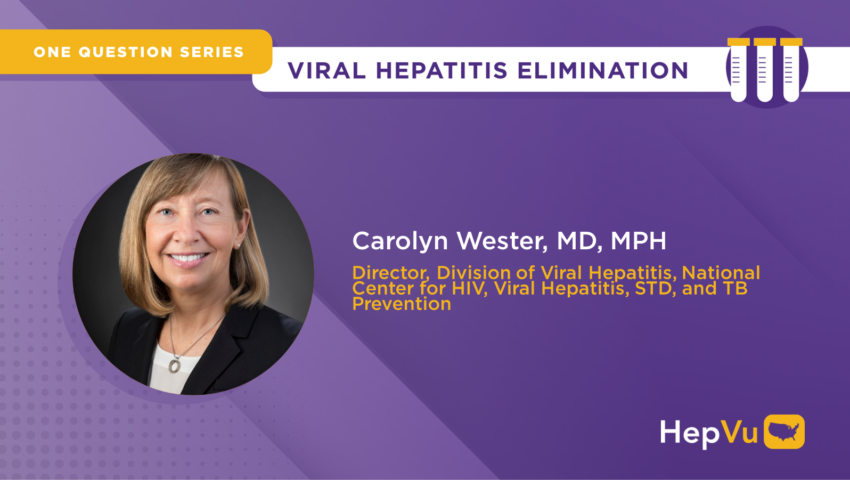
What steps has CDC taken to help jurisdictions develop their own hepatitis C Continuum of Care Cascades? What further efforts are needed to develop an accurate hepatitis C continuum of care cascade for the entire U.S.?
With input from state and local health departments, CDC issued guidance in June 2021 to health departments for developing jurisdiction-specific hepatitis C virus (HCV) clearance cascades. Additionally, CDC is taking several steps to assist jurisdictions as they move toward developing their own HCV clearance cascades. For example, CDC will soon publish a paper that outlines the methods for local areas to develop their own cascades which will assist jurisdictions in implementing the guidance. Using the guidance shared in June 2021, CDC has developed a national HCV clearance cascade using data from a large national commercial laboratory, expected to publish this summer. Additionally, using this same data source, CDC is in the process of developing state level HCV clearance cascades that will be shared with states to augment their own efforts.
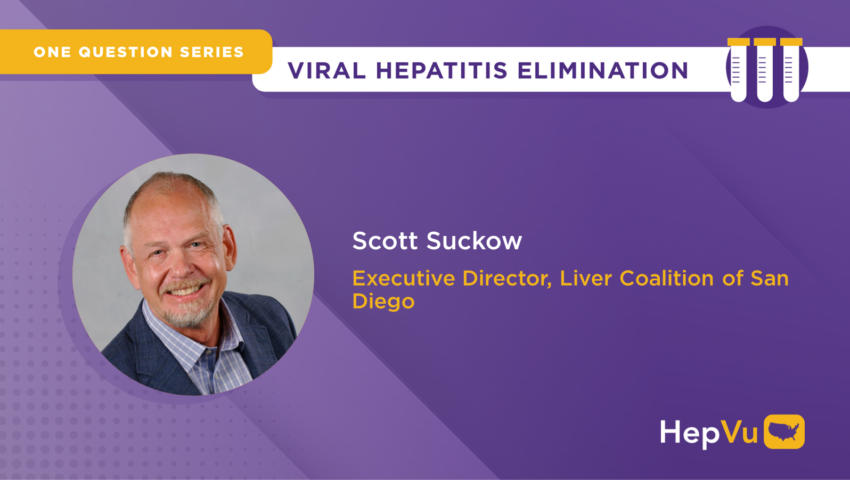
Why is the development of an accurate hepatitis C cascade of care critical to viral hepatitis elimination efforts?
With the availability of highly effective oral agents, the treatment and cure of hepatitis C is becoming standard and straightforward. However, our current inability to generate high quality care cascades for key communities such as people who inject drugs (PWID), rural populations, and those with past or present carceral involvement, is fast evolving as a critical unmet need. These communities are typically not well connected to traditional healthcare services. This means that they are often not diagnosed (the first step in the care cascade) or, if they are diagnosed, not successfully linked to care. Understanding that these communities may need to be tested and treated in non-traditional settings like prisons and syringe service programs (SSPs) will be key to improving individual health outcomes as reflected in more complete and accurate cascades of care.


